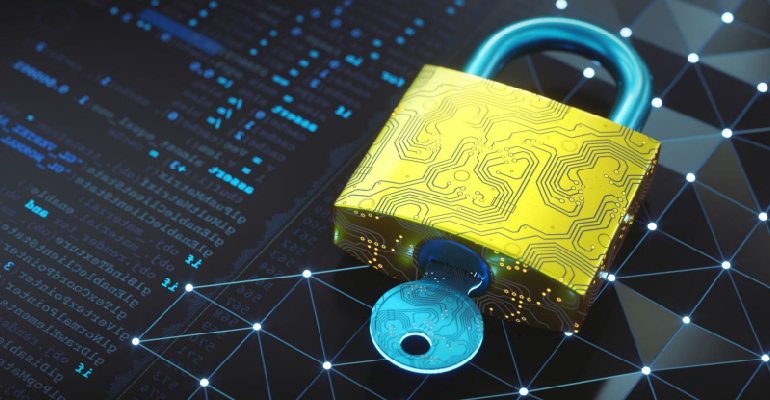Being digitally active today makes one prone to a lot of cyberattacks, constant threat to individuals and organizations. While prevention is crucial, it is equally vital to have a plan in place for recovery and build resilience in the event of an attack. From incident response and data recovery to business continuity and disaster recovery, understanding the key components of cyber resilience is essential for minimizing the impact of cyberattacks and ensuring a quick and effective recovery. In this blog, we will explore the kinds of cyberattacks, the means to recover from an attack and provide expert insights on how to build a strong and resilient cybersecurity strategy.
Types of Cyberattacks
Understanding the different types of cyberattacks is crucial for effective prevention and response. Malware attacks, such as viruses and ransomware, can cause significant damage to systems and data. Phishing attacks use social engineering to trick users into revealing sensitive information. DDoS attacks overwhelm servers with traffic, causing them to crash. Social engineering attacks exploit human vulnerabilities to gain access to systems or data. Other types of cyberattacks include SQL injection, man-in-the-middle attacks, and zero-day exploits.
What is Cyber recovery?
Cyber recovery is the process of restoring systems, data, and operations after a cyberattack or another disruptive event. It involves a range of activities, from incident response and data recovery to business continuity and disaster recovery. Cyber recovery is a critical component of cyber resilience, ensuring that organizations can quickly and effectively recover from cyber incidents and minimize the impact on their operations and reputation. A comprehensive cyber recovery strategy includes proactive measures such as regular backups, as well as reactive measures such as incident response plans and disaster recovery procedures.
Methods of Cyber recovery
Cyber recovery involves a range of activities, from incident response and data recovery to business continuity and disaster recovery. Here are some of the methods used in cyber recovery:
- Incident Response: Incident response is the first step in cyber recovery. It involves identifying the source and scope of the attack, containing the damage, and preventing further spread.
- Data Recovery: Data recovery involves restoring lost or corrupted data. This can be done through backups, data replication, or other methods.
- Business Continuity: Business continuity involves maintaining essential operations during and after a cyberattack. This can include backup systems, redundant infrastructure, and alternative work arrangements.
- Steal sensitive information, such as cookies and session IDs
- Disaster Recovery: Disaster recovery involves restoring operations after a major disruption, such as a natural disaster or large-scale cyberattack. This can include rebuilding infrastructure, restoring data, and resuming operations.
Effective cyber recovery requires a comprehensive strategy that addresses all aspects of the recovery process.
Building resilience from cyber threats
Investing in resilient cybersecurity products is a crucial component of a strong cybersecurity strategy. Resilient products provide robust security features and proactive measures to detect and mitigate threats, such as antivirus software, firewalls, and intrusion detection systems. By investing in these products, individuals and organizations can significantly reduce the risk of cyberattacks and minimize the impact of any incident that do occur. Antivirus software is a basic cybersecurity product that helps protect against malware, viruses, and other types of cyber threats. Firewalls provide an additional layer of protection by monitoring and controlling incoming and outgoing network traffic. Intrusion detection systems can detect and alert users to potential cyber threats, allowing for quick action to prevent or mitigate any damage.
Investing in resilient cybersecurity product is especially important for businesses and organizations that handle sensitive data, such as financial information or personal data. A cyberattack can have a significant impact on a business’s reputation, making it essential to take proactive measures to prevent and mitigate cyber threats. In addition to investing in resilient products, individuals and organizations should also stay informed about the latest cyber threats and prevention strategies. Regularly updating software and implementing strong passwords can also help improve cybersecurity.
Conclusion
Cyberattacks are a growing threat to individuals and organizations worldwide. Understanding the different types of cyberattacks, implementing a comprehensive cyber recovery strategy, and investing in resilient products are all crucial components of a strong cybersecurity strategy. StrongBox IT – Cybersecurity Consulting helps you stay informed and take proactive measures, we help minimize the impact of cyber incidents and build a secure digital world. Stay tuned for more expert insights on cybersecurity. For more information on cybersecurity, visit our website.





